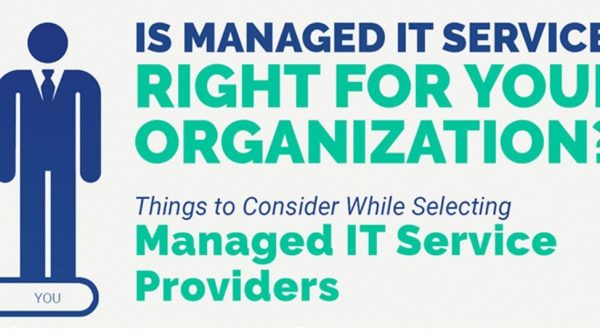In past blogs we talked to you about concepts such as Recovery Time and Recovery Point Objective, Business Continuity Planning and Managing IT and Cyber Risk. The foundational piece that makes all of that possible is IT documentation. We often discover during routine due diligence that clients cannot answer many basic questions about their IT environment with the kind of certainty that is prudent. Many simply state that they don’t have documentation, others have abdicated that responsibility to their IT resources without having a backup copy to reference in the event those resources become unavailable.
We recently had a prospective client reach out to us after their IT person unexpectedly passed away from a heart attack. As I’m writing this during the COVID-19 outbreak, unfortunately the chances for something happening to a trusted resource are suddenly all too realistic. So what makes for prudent documentation?
IT Documentation Basics
- A basic network diagram
- A list of systems
- Passwords to those systems (more on how to create and store passwords in a later blog)
- Software license keys and expiration dates
- Logins for web site hosting and domain registrar (hint: when working with web developers make sure they use your payment method and contact info when registering your website and setting up hosting)
- A schedule and schema of backups. What is being backed up, where and how often
- Any building and office alarm or entrance codes
- IP addresses and DNS info
Not having documentation to reference can make the difference between hours or days or weeks for anyone that has to come in urgently to provide triage or support. Not having credentials can mean having to request access from a vendor and proving identity or rebuilding the system from scratch, and that can be a lengthy process, all at a time where some critical piece of your data or systems is unavailable to you. Please contact us for a simple template you can use to compile the basics you need to ensure operational resiliency or if you’d prefer we can quickly gather it for you. We even have noninvasive tools that can do this quickly and efficiently.


